FAA AGIS Airport Surveys
The mission of the Federal Aviation Administration (FAA) is to provide the safest and most efficient aerospace system in the world. The FAA Airports Surveying Geographic Information System (AGIS) program helps to collect airport and aeronautical data to meet the demands of the Next Generation National Airspace System. NextGen—as it is known for short—will transform the air traffic control system from a ground-based system to a satellite based (GPS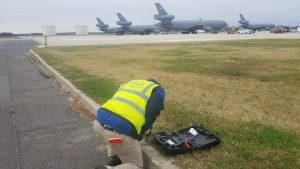 ) system.
) system.
To support the FAA AGIS 18b survey requirements, we provide aerial and terrestrial surveying control and locations, as well as digital geographic information mapping. This demands a high level of expertise from us, as considerations have to be made concerning primary and secondary control, accuracy requirements, field survey, layer and feature class definitions, heights, distances, metadata, airfield surfaces, runway ends, navigational aides, obstruction identification and airspace analysis. To ensure we can meet the demands of these clients, our AGIS project manager is a FAA licensed pilot and ASPRS Certified Photogrammetrist who is highly experienced in aerial imagery processing.




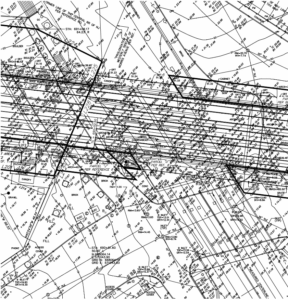

 Railroads, pipeline companies, electric companies and departments of transportation require specialized right of way mapping for maintenance, planning, design, acquisition and improvements.
Railroads, pipeline companies, electric companies and departments of transportation require specialized right of way mapping for maintenance, planning, design, acquisition and improvements.
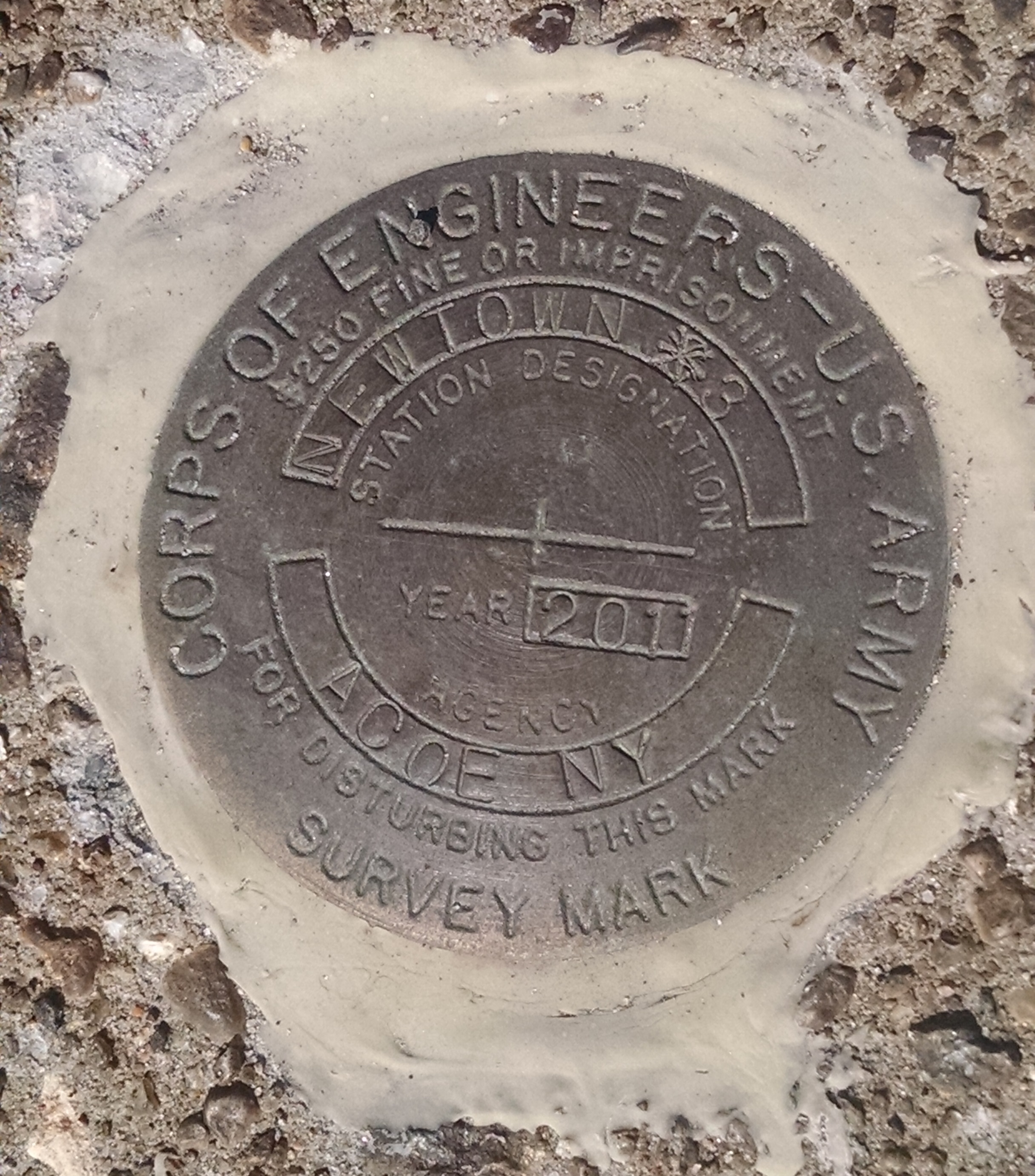

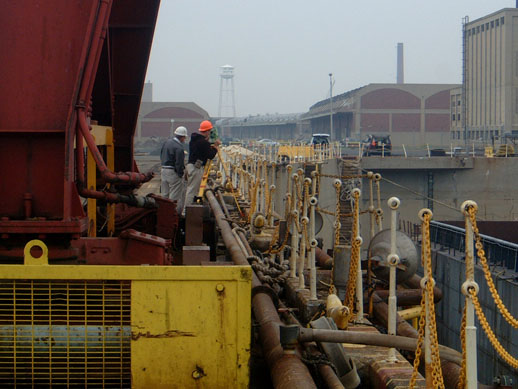 Ships, barges, buildings, tanks and walls…Borbas has worked on them all to provide the precise measurements and mapping engineers need for a variety of reasons:
Ships, barges, buildings, tanks and walls…Borbas has worked on them all to provide the precise measurements and mapping engineers need for a variety of reasons:

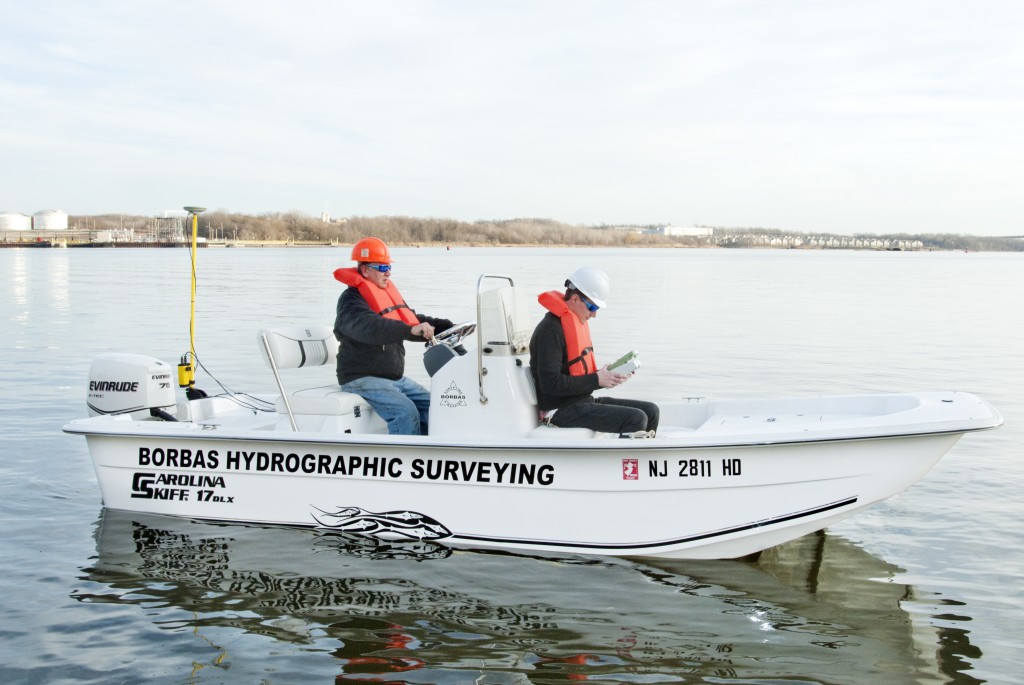 Our surveying offerings extend to those lands flowed by both fresh and salt water. Our hydrographic skiff is equipped with a real-time kinematic (RTK) GPS/GNSS antenna mounted directly above the sonar sensor so we can provide real-time elevations in NAVD88 or your particular project datum. As a result, we can effectively offer underwater topographic surveys of watersheds including rivers, ponds, lakes, reservoirs, bays and harbors.
Our surveying offerings extend to those lands flowed by both fresh and salt water. Our hydrographic skiff is equipped with a real-time kinematic (RTK) GPS/GNSS antenna mounted directly above the sonar sensor so we can provide real-time elevations in NAVD88 or your particular project datum. As a result, we can effectively offer underwater topographic surveys of watersheds including rivers, ponds, lakes, reservoirs, bays and harbors.